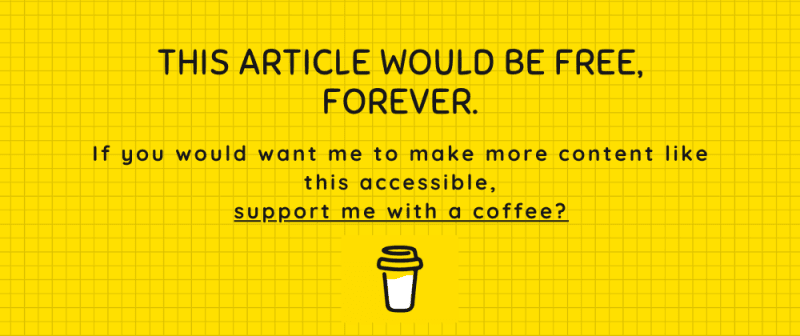A responsive website is a website that adapts according to its target device. For example a responsive website would adapt its layout to suit a laptop, a phone and a tablet. A phone has a smaller display, so a responsive website might make the font-size a bit bigger in smaller screens.
But how do you do that? You can use media queries in your CSS to explicitly tell your website to change according to the screen size.
Table of contents
- Targeting smaller screens with media queries
- Targeting larger screens with media queries
- Targeting a screen range using media queries
- See media queries in action
Targeting smaller screens with media queries
Let's discuss an example of defining media queries.
@media (max-width:600px) {
/*
CSS for screens equal to or below 600px
*/
}
In the code above, 600px is the breaking point. This means that you are targeting screen sizes equal to or below 600px.
In the code below, any screen equal to or below 600px would have its background set to red.
@media (max-width:600px) {
body{
background-color: red;
}
}
Targeting larger screens with media queries
In the below, example 900px is the breaking point. It is targeting screens whose width is at least 900px.
@media (min-width:900px) {
/*
CSS for screens equal to or above 900px
*/
}
In the below example, any screen greater than 900px would have its background set to green.
@media (min-width:900px) {
body{
background-color: green;
}
}
Targeting a screen range using media queries
The below code targets any screen greater than 600px and smaller than 900px.
@media (min-width:600px) and (max-width:900px){
body{
background-color: burlywood;
}
}
See media queries in action
Go to this link to see media queries in action! Adjust the screen size and see how media queries are being applied!
To review the code, go to this GitHub repo.
Wrapping up!
I hope you found this tutorial helpful. Thank you for reading till the end.
I would love to connect with you on any of these platforms.





Top comments (0)